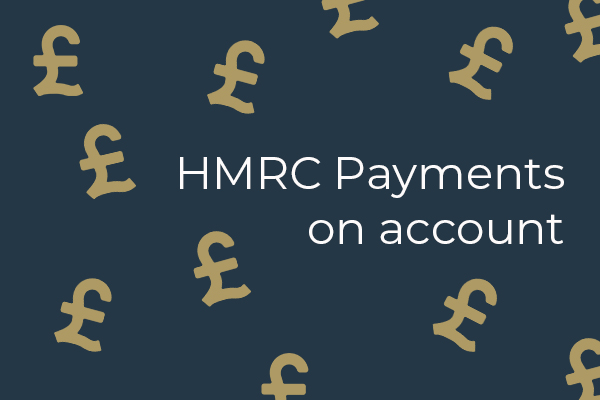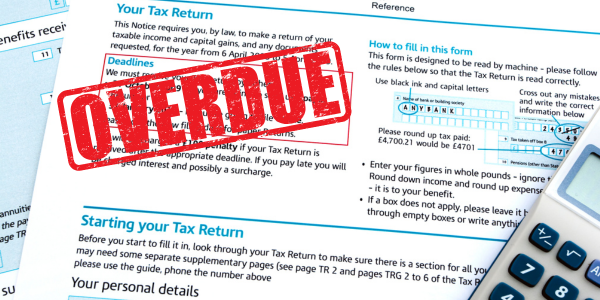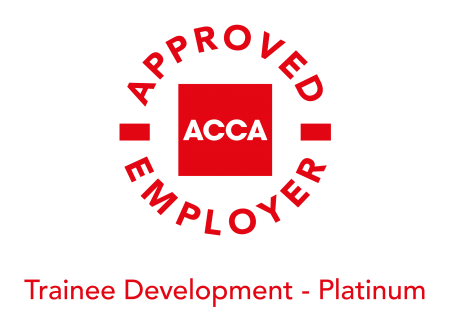Self Assessment – Payments on account

As we start thinking about preparing our tax returns for another year, for many taxpayer’s payments on account are normal practice but do you understand how it works. Here is a useful guide and some advantages and disadvantages of getting your tax returns submitted early- did you know HM Revenue and Customs has revealed the number of taxpayers who chose to file their tax return on 6 April 2023 (the first day of the tax year) has more than doubled since 2018!
For payments on account
Should your self-assessment tax liability be greater than £1,000 and you have not paid more than 80% of your total tax liability at source (e.g on employment income/savings interest etc) then you will be required to make payments on account.
Payments on account are payments made in contribution to your next tax bill and they are due by midnight on both the 31 January and 31 July.
Payments on account are calculated as half your previous year’s tax liability due on 31 January, and the other half being payable on 31 July. Both payments are then deducted from your final tax bill which results in a balancing adjustment, either as an overpayment or payment with the latter being due by 31 January.
Your payments on account for the next tax year are then recalculated based on the current tax liability.
Example:-
Say your tax bill for the 21/22 tax year was £2,000, and you had not paid 80% of your total tax liability for that year at source, you will then be required to make payments on account.
The payments on account due 31 January 2023 and 31 July 2023 will be £1,000 each (50/50 split).
Therefore, the total payment due to HMRC by 31 January 2023 will be £3,000 (£2,000+£1,000), and then £1,000 would be due to HMRC 31 July 2023.
Advantages of preparing your tax return as soon as you have the information available.
If you complete your tax return before 31 July (before your second payment on account) you can potentially reduce the payment on account that will be due if you calculate a lower total tax liability for tax year.
Similarly, if you are aware of reasons why your next tax bill is expected to be lower than last year, for example you no longer have employment income or your self-employment trade ceases, you can notify HMRC of these reasons and consequently reduce your payments on account. You can apply to reduce your payments of account online or by sending a SA303 form by post to the tax office.
If you submit your return before 30 December and your liability is less than £3,000 then potentially you could opt for your liability to be deducted through your coding notice (assuming you pay enough tax on your employment income). This gives you more time to pay your liability and is spread like a payment plan.
The earlier you prepare your tax return the more time you have to budget for the tax liability and avoid any unnecessary interest.
If you are due a refund then you will receive this earlier.
Avoid the stress from last minute filing.
Disadvantages of leaving your tax return until 31 January
You may receive a fine if you realise you do not have all of your information and you cannot get it in time for the deadline.
You have less time to plan and save for your tax liability which may make it difficult to pay the balance in January.
HMRC are extremely busy in January so you may not get the support you need or even get through on their phone lines.
You may be charged more for your tax return.
MTD ITSA (Making Tax Digital for Income Tax Self Assessment)
With MTD ITSA coming into effect April 2026, good habits and organisational skills will be essential for ensuring you file your quarterly returns on time.
For more information on self assessment please contact your local Perrys branch.








